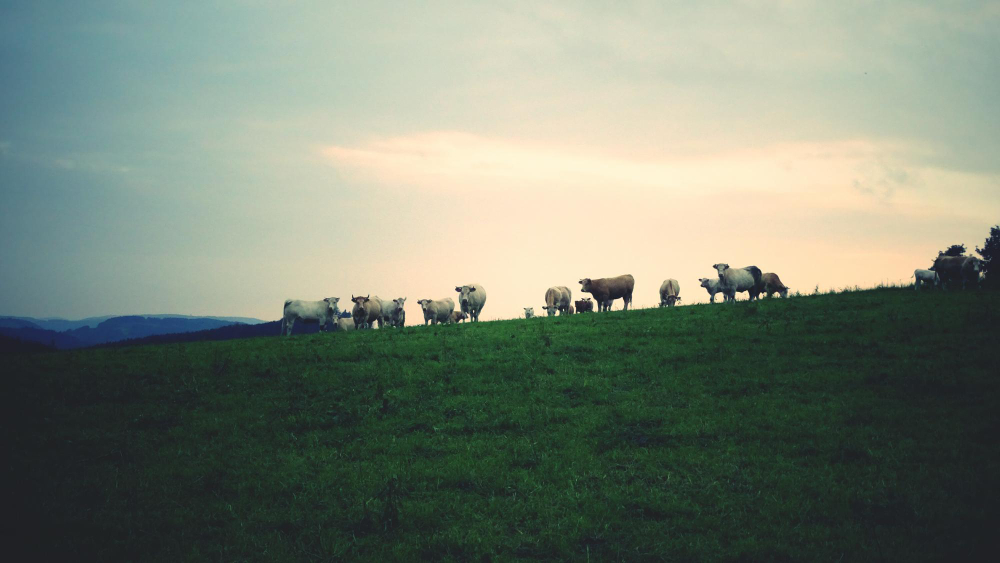Overview of Agricultural Lands & Livestock
Agricultural lands and livestock form the backbone of global food production, playing a critical role in ensuring food security, supporting rural economies, and sustaining livelihoods around the world. This sector involves the cultivation of crops and the raising of animals for food, fiber, and other by-products such as milk, eggs, and wool.
Agricultural Lands
Agricultural land refers to areas used for farming activities, including:
- Arable land (used for growing crops like wheat, corn, rice, and soybeans)
- Permanent crops (such as orchards, vineyards, and plantations)
- Pastures and meadows used for grazing livestock
The productivity of agricultural land depends on factors like soil quality, water availability, climate conditions, and sustainable land management practices. Modern techniques such as precision farming, crop rotation, and integrated pest management are increasingly being adopted to enhance yield while preserving environmental health.
Livestock Farming
Livestock farming involves raising animals such as cattle, sheep, goats, pigs, poultry, and fish (in aquaculture) for food and industrial use. It includes:
- Dairy farming (milk production)
- Beef and poultry farming (meat production)
- Egg and wool production
- Aquaculture and fisheries
Livestock contributes significantly to global nutrition and economic development, especially in developing countries where it serves as a source of income, employment, and financial stability for millions of smallholder farmers.
Challenges and Trends
Despite its importance, the agricultural lands and livestock sector faces several challenges:
- Land degradation and deforestation
- Water scarcity and overuse
- Climate change impacts on crop yields and animal health
- Environmental concerns such as greenhouse gas emissions and pollution
- Pressure to meet rising global demand for food
To address these issues, the industry is shifting toward more sustainable practices , such as regenerative agriculture, agroforestry, organic farming, and improved animal welfare standards. Technological innovations like automated feeding systems, genetic improvements, and digital farm management tools are also helping increase efficiency and reduce environmental impact.
As the world population continues to grow, the responsible management of agricultural lands and livestock will be crucial in balancing food production with ecological sustainability and rural development.

